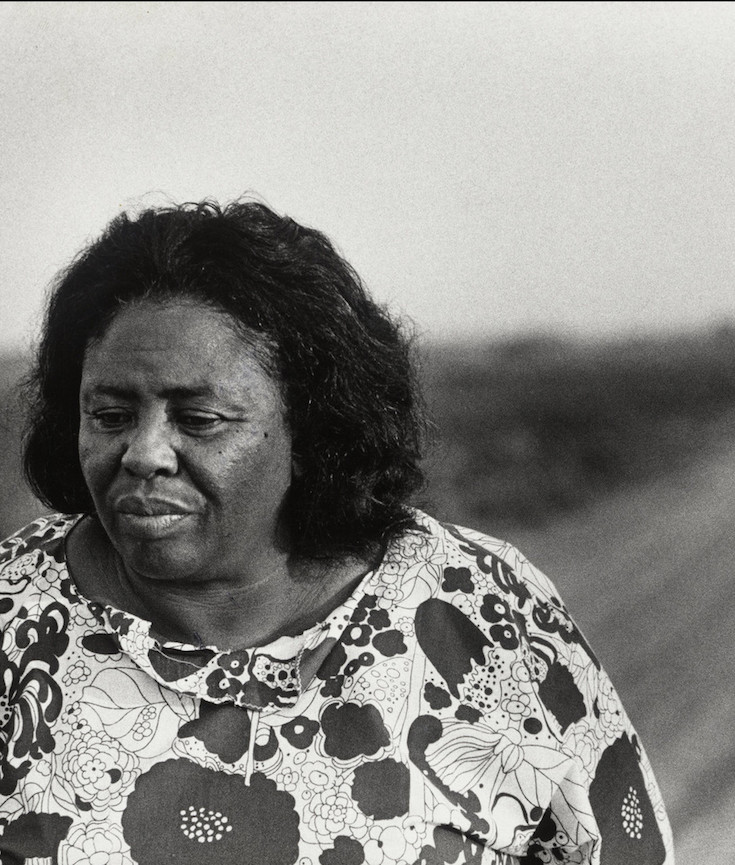[dropcap]Pundits[/dropcap] like Charles Blow and Nina Turner have defended the athletes’ right to protest by citing the late civil rights activist Fannie Lou Hamer, who said “every red stripe in that flag represents the black man’s blood that has been shed.” [mc4wp_form id=”6042″]
Hamer, who was born 100 years ago Friday — on Oct. 6, 1917 — was famous for her deeply honest speeches. The one that got her national name recognition was her Aug. 22, 1964, testimony to the Democratic National Convention’s credentials committee, calling for her Mississippi Freedom Democratic Party, which helped African Americans register to vote, to be integrated with the state’s all-white delegation to the convention. She explained what she had been through in the early ’60s, when she had been kicked off of the plantation she grew up on for trying to register to vote, and how she was arrested and beaten in a Winona, Miss., jail while coming back from a voter registration workshop in Charleston, S.C. (She was left with kidney damage, a blood clot in her left eye and a limp.)



NATIONAL MUSEUM OF AFRICAN AMERICAN HISTORY & CULTURE | WASHINGTON, DC
The National Museum of African American History and Culture is the only national museum devoted exclusively to the documentation of African American life, history, and culture. It was established by Act of Congress in 2003, following decades of efforts to promote and highlight the contributions of African Americans. To date, the Museum has collected more than 36,000 artifacts and nearly 100,000 individuals have become charter members. The Museum opened to the public on September 24, 2016, as the 19th and newest museum of the Smithsonian Institution. (Website).


You must be logged in to post a comment.